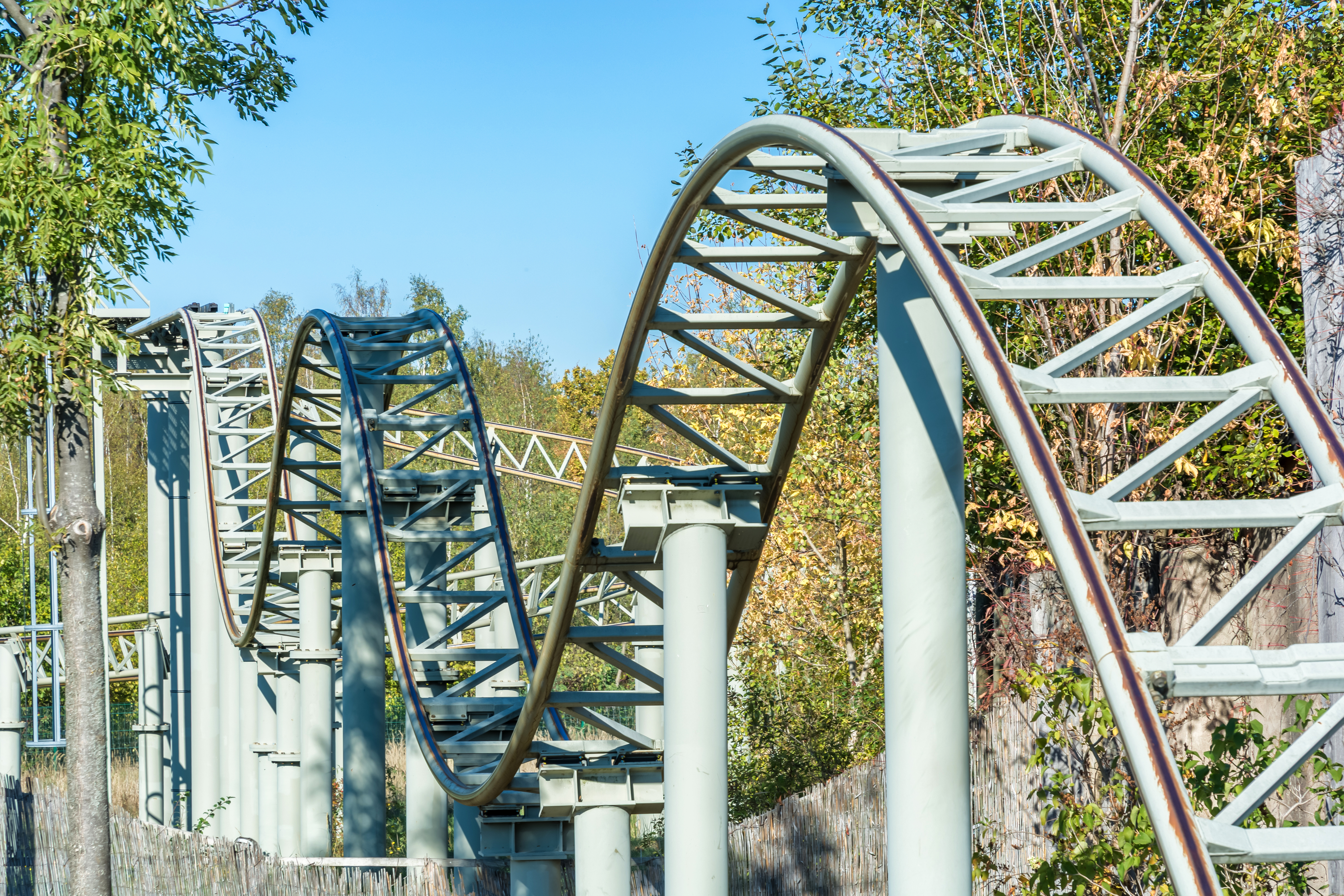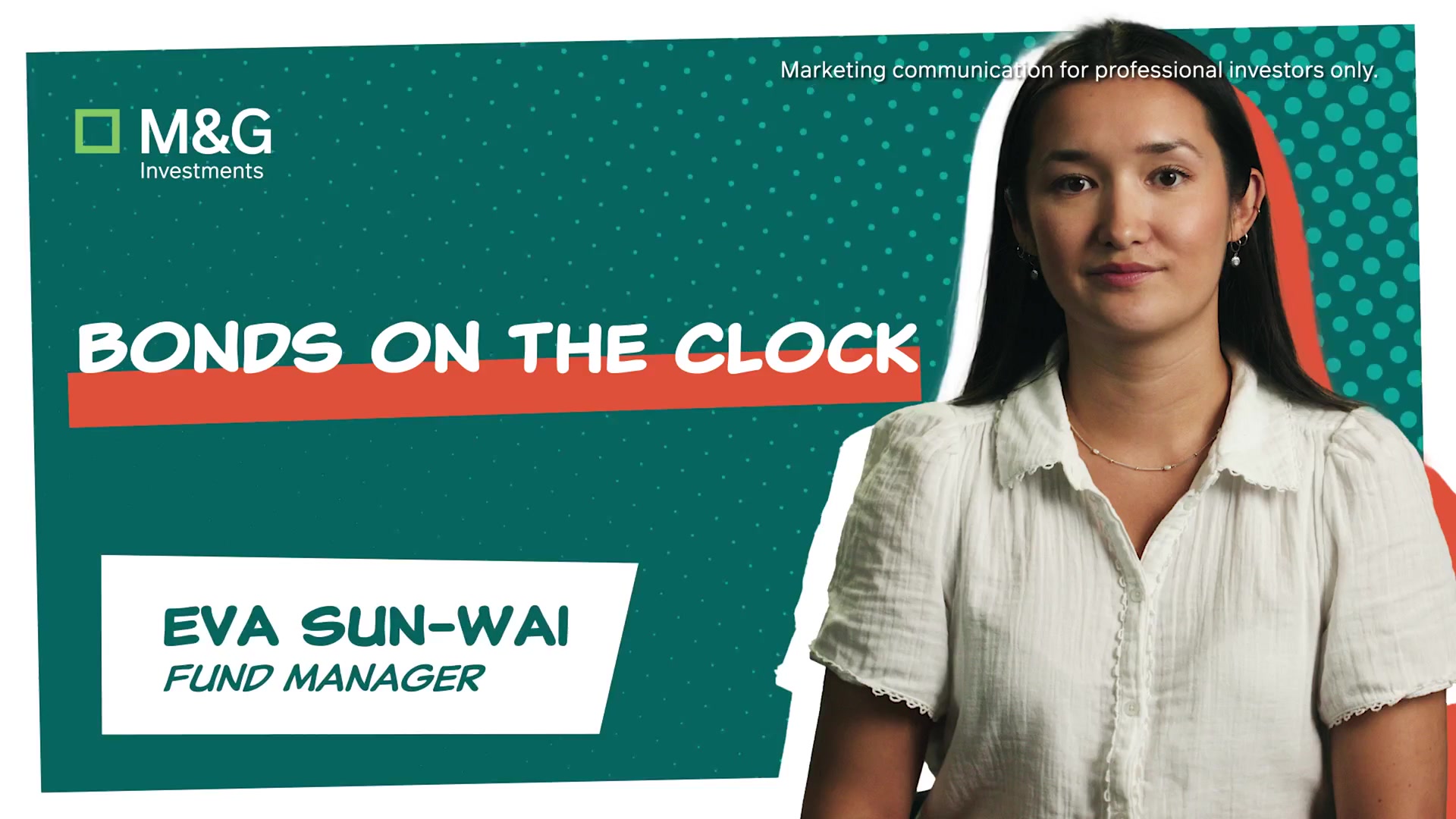Last year, as part of our day-to-day qualitative-based research of multi-asset portfolios run by a large number of fund groups, we came across something interesting – not one but two multi-asset income funds that delivered patterns of income that appeared to match the type of output for income that retirees who wanted to keep their pension pots invested might find very attractive.
Initially, we wondered whether we had missed something. For starters, are there other multi-asset income funds out there that deliver similar patterns of income and, if so, why have we or anybody else not noticed them? Additionally, what implications does this cohort have for solving sequencing risk and the debate around what constitutes a ‘safe’ withdrawal rate?
Our white paper, Retirement income champions and the safe withdrawal rate, seeks to answer these questions as well as addressing some of the associated practical issues. For the purposes of this article, however, we are going to concentrate on sequencing risk.
Why sequencing risk matters
When it comes to taking retirement income from invested pension pots, understanding the implications of sequencing risk is key. Sequencing risk is particularly problematic when a significant market fall occurs during the first few years of retirement.
Mathematically, the percentage growth required for an invested pension pot to be able to recover back to par from a significant decline is greater than the percentage decline itself. A fall of 20%, for example, would need growth of 25% for the pension pot to fully recover. The problem is compounded when retirees withdraw capital from their invested pension pots to use as income – thereby depleting their capital even further after a market fall.
Consider the scenarios in the tables below. While scenarios A, B and C show the same yearly returns over 10 years, they occur in a different order. The tables assume an initial withdrawal rate of £10,000 – that is, 4% of starting capital – that grows by 2.5% each year to help offset the effect of inflation.
All withdrawals are made at the end of the year. No allowance has been made for charges. Although the average of the yearly returns is the same, and the capital withdrawn is the same, as you can see, the capital left at the end of the period differs considerably:
“Mathematically, the percentage growth required for an invested pension pot to be able to recover back to par from a significant decline is greater than the percentage decline itself.



Source: Scopic Research

Put simply, then, when using a capital-withdrawal strategy, you do not know how much capital you can withdraw sustainably because you cannot predict future investment returns. In other words:
* You cannot predict the sequence in which positive and negative investment returns are likely to occur;
* You cannot predict how frequently periods of positive and negative investment returns are likely to occur; and
* You cannot predict how long periods of positive returns and negative investment returns are likely to persist.
The one thing you can do is to vary the size of the capital withdrawals each year to reflect the performance from the fund – the problem being, this is not something most retires are likely to find attractive. As a result, capital-withdrawal strategies would struggle to solve the ‘safe withdrawal rate’ conundrum.
Does a three-year cash buffer not solve sequencing risk?
Many advisers recommend retirees allocate a cash buffer from which they can sustain capital withdrawals to be used as ‘income’ – for example, for the first three years into retirement.
After three years, the cash buffer is then reduced to a one-year ‘replenishable’ cash buffer to cater for future years’ income requirements – with capital cascaded into the cash buffer by selling investments held in invested buckets at subsequent annual reviews in time to withdraw the next years’ income.
In the first three years, the cash buffer shields the invested pension pot from immediate sequencing risk in the event that markets fall and subsequently recover back to par during the period. In this case, the cash buffer has done its job. In the event returns from the pension pot’s underlying investments beat those from cash, however, the cash buffer creates a drag on the overall return.
Once the cash buffer has funded the first three years’ worth of income, it is then likely to be used as a replenishable home for just one year’s worth of income. If markets fall, however, the cash buffer simply masks the immediate impact from sequencing risk when investments are sold to replenish it. In effect, the real impact from sequencing risk is deferred – it is not solved.
There is, though, an alternative that helps to address some of these issues, which leads us to a cohort of what we have called ‘Retirement Income Champions’. These are a small group of open-ended multi-asset income funds where the investment process is specifically engineered with the aim of delivering a naturally occurring, base-line level of income throughout the accounting year and then seeking to grow the total of income paid to investors every year to help offset the effect of inflation.
We have identified four so far and our search continues …
Paul Ilott is managing director of Scopic Research. This is an edited extract from the firm’s white paper, Retirement income champions and the safe withdrawal rate. It is available for advisers to download for free from The Adviser Toolkit page on the Scopic Research website









